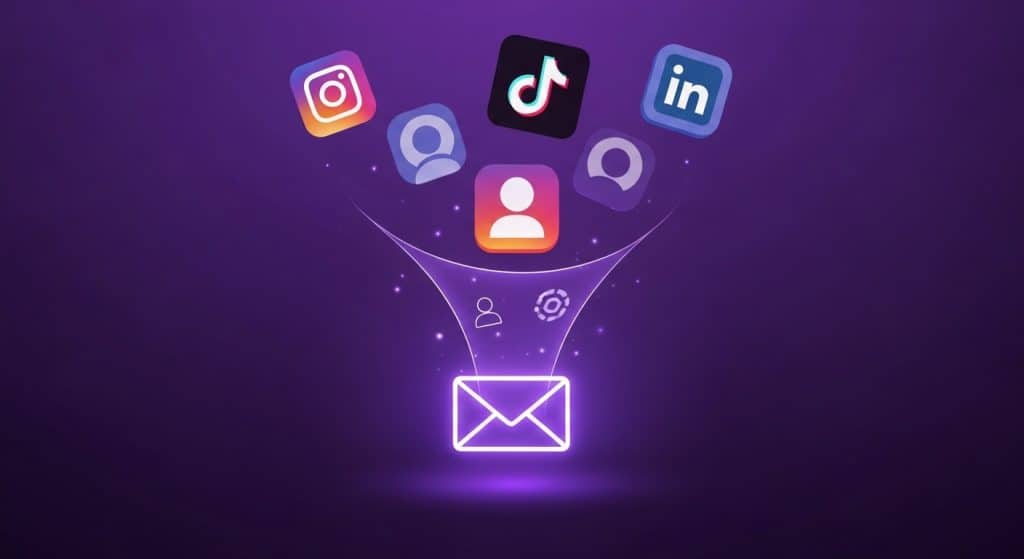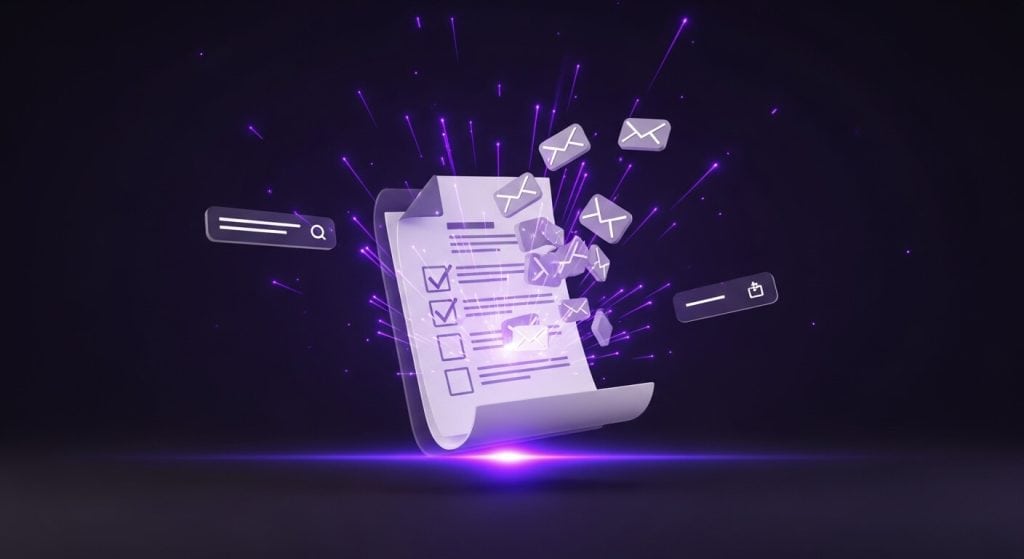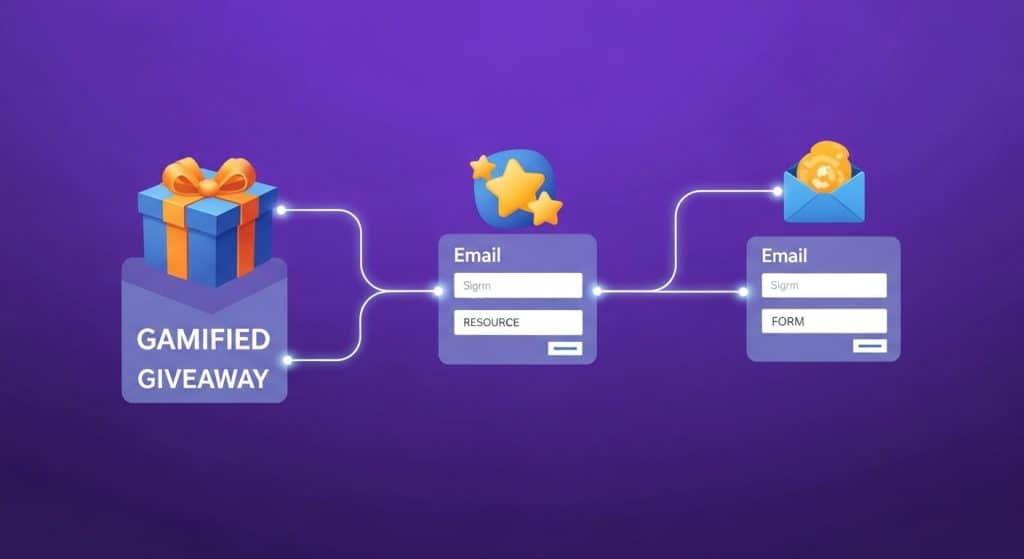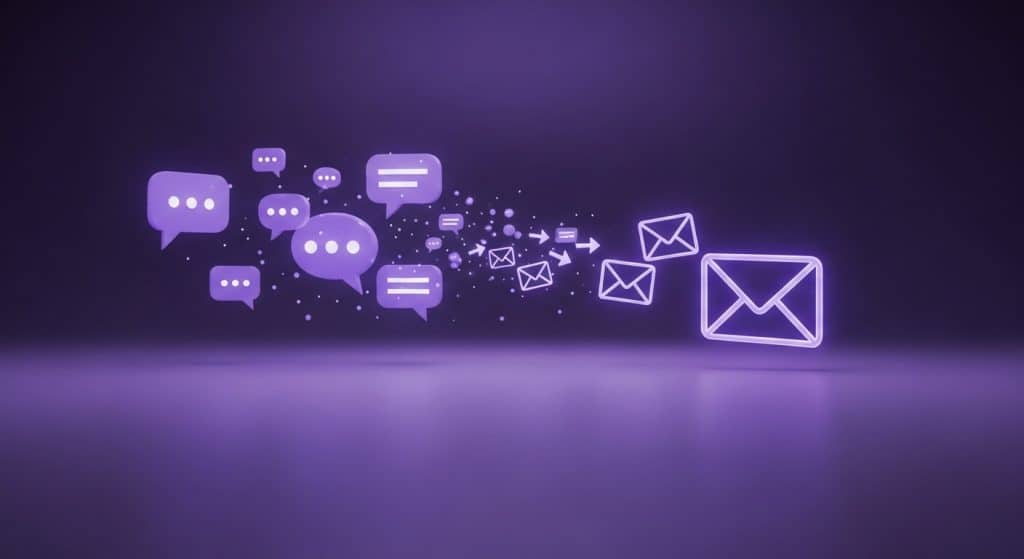Building an email list is one of the most important steps in growing an online business or personal brand — and no, you don’t need a website to do it. In fact, starting without a website can force you to focus on what really matters: the value you provide, the message you share, and the relationships you build. Whether you’re a freelancer, a startup, a content creator, or just testing an idea, this guide will walk you through everything you need to build a high-quality email list from scratch — without ever touching a domain name or installing WordPress.
1. Use Email Marketing Platforms with Built-In Landing Pages
Many email marketing tools today offer free or low-cost landing pages that you can use immediately. These landing pages are hosted on the provider’s own servers and don’t require any design or coding experience.
Why it works:
A landing page is a focused environment with a single goal — to capture an email address. Unlike a full website, there are no distractions like menus, blog posts, or product pages. This makes it perfect for lead generation.
What to include on your landing page:
- A compelling headline that explains the benefit of joining your list
- A short description of what the subscriber will receive (e.g. free tips, a downloadable resource, early access)
- A clean, simple form (email only, or name + email)
- A call-to-action button (“Get the guide”, “Subscribe now”, etc.)
- Optional: a testimonial or trust signal
Tools to try:
- MailerLite – great free plan, beautiful templates
- ConvertKit – built specifically for creators and solopreneurs
- Mailchimp – trusted and beginner-friendly
- Brevo – generous features for startups
Once your landing page is live, you’ll get a unique link that you can share everywhere.
2. Leverage Social Media Bio Links

Think of your social media profiles as your digital storefronts. Whether you’re active on Instagram, TikTok, LinkedIn, or Twitter (X), your bio is one of the few places where followers can take action outside the platform. That’s where you place your sign-up link.
How to optimize your bio for email sign-ups:
- Use a short, action-driven CTA (e.g. “Get my free productivity toolkit”, “Join my weekly tips list”)
- Include an emoji or line break to draw attention (optional but effective)
- Make sure the link works on mobile (test it!)
If you want to share multiple links (e.g. newsletter + YouTube + freebie), use tools like:
- Linktree
- Beacons
- Koji
- Carrd (can also act like a mini landing page)
These tools let you create a simple mobile-optimized link hub where your email sign-up can be the first or most prominent link.
3. Offer a Strong Lead Magnet

People are busy, so simply saying “subscribe to my newsletter” often isn’t enough. You need to give them a reason — something that feels valuable, relevant, and instant.
What makes a great lead magnet:
- Solves a specific problem (e.g. “10 quick ways to get more clients on LinkedIn”)
- Is easy to consume (checklist, cheat sheet, template, quick video)
- Has high perceived value (even if it’s free, it should feel like it could be paid)
- Tied directly to your future offers (this ensures subscribers are qualified)
Examples:
- A freelancer offering a “Client Onboarding Checklist”
- A fitness coach giving away a “7-Day Home Workout Plan”
- A marketer offering “The Exact Email I Use to Land Clients”
You can deliver the lead magnet automatically through your email marketing tool. Just set up an automation that sends the file once someone subscribes.
4. Promote in Online Communities and Niche Forums

If you don’t have a website, you need to go where people are already talking — and online communities are perfect for that.
Facebook groups, Reddit threads, Slack communities, Discord servers, Quora spaces — each of these is full of people discussing problems you may help solve.
How to promote without being spammy:
- First, engage genuinely. Answer questions, participate in threads, and build trust.
- When relevant, offer your lead magnet or newsletter as a free resource.
- Be transparent — “I created this to help with exactly this problem, happy to share it if it’s useful.”
Example message:
“I’ve seen a few people here struggling with finding freelance clients. I put together a short checklist I use every week to stay consistent — happy to send it to anyone who wants it. Just drop your email or DM me.”
People are more likely to subscribe when they see you’re providing real value and not just pushing promotions.
5. Run a Giveaway or Contest

Giveaways are one of the fastest ways to build an email list — especially if you want rapid growth in a short time. The key is to make the giveaway hyper-targeted to your ideal subscriber.
What to give away:
- Your own product or service (best for qualified leads)
- A popular tool or resource in your niche
- A bundle of digital goods (ebooks, courses, credits)
How to run it:
- Use tools like KingSumo, Rafflecopter, or even a Google Form
- Promote on social media, email, or in relevant groups
- Ask for email as the entry condition
- Offer bonus entries for sharing with friends
Make sure the prize is connected to your niche. For example, giving away an iPad might get you lots of emails — but not from people who actually care about your content or offer.
6. Host a Free Event, Webinar, or Live Training
Hosting a free live event is a fantastic way to collect emails from highly engaged people. Webinars, online workshops, or live Q&A sessions position you as an expert and give people a reason to trust and follow you.
Steps to get started:
- Pick a topic that solves a specific problem or teaches a clear outcome
- Set up a registration form using your email platform or Zoom/Google Meet
- Create a basic event graphic or description
- Promote it on social media, in groups, or through partnerships
- Collect emails in the registration process
After the event, follow up with attendees and give them a reason to stay on your list — such as a recording, exclusive notes, or a new resource.
7. Collaborate with Other Creators or Businesses
You don’t need a big audience to benefit from collaborations. By teaming up with someone who shares your target audience, you can gain exposure and build credibility.
Types of collaborations:
- Guest posts on someone’s newsletter
- Joint giveaways
- Instagram Lives or interviews
- Email swaps (you mention their list, they mention yours)
- Shared resources (e.g. “10 Experts Share Their Best Productivity Tips”)
These collaborations work best when your audiences have similar needs but aren’t direct competitors. It’s a win-win if done respectfully and with value at the center.
8. Personalized Direct Messages and One-to-One Outreach
Especially in the early stages, you can get your first 50–100 subscribers just by reaching out manually. Don’t underestimate the power of DMs, voice notes, or even old-fashioned email outreach.
What to say:
Keep it simple, personal, and focused on value. Something like:
“Hey! I’m starting a free weekly newsletter where I share quick tips on building your personal brand. Would love to send you the first issue — want me to add you?”
When done right, this feels more like a conversation and less like marketing. It works best with people who already know you or have interacted with your content.
9. Create Valuable Content — Then Guide People to Subscribe
No matter where you’re active — Twitter, Instagram, TikTok, LinkedIn, or YouTube — your content is your biggest driver of traffic.
If you regularly post useful insights, guides, tips, or behind-the-scenes content, people will naturally want more. That’s when you guide them toward your email list.
Tips for using content to grow your list:
- End your posts with a clear CTA: “I share more in my weekly newsletter, link in bio”
- Share screenshots of your emails or lead magnets to build curiosity
- Tease what’s coming up next in the newsletter
Your content earns attention. Your email list deepens the relationship.
Your Email List Is Your Real Asset — Start Growing It Early
You don’t need to wait for the perfect website, logo, or launch plan to start building an audience. Your email list can (and should) come first. It’s your direct line to your followers, your future clients, your early customers.
Use landing pages. Offer real value. Go where people are already talking. And most importantly — make it easy for them to say yes.